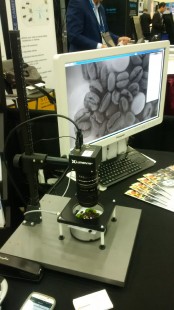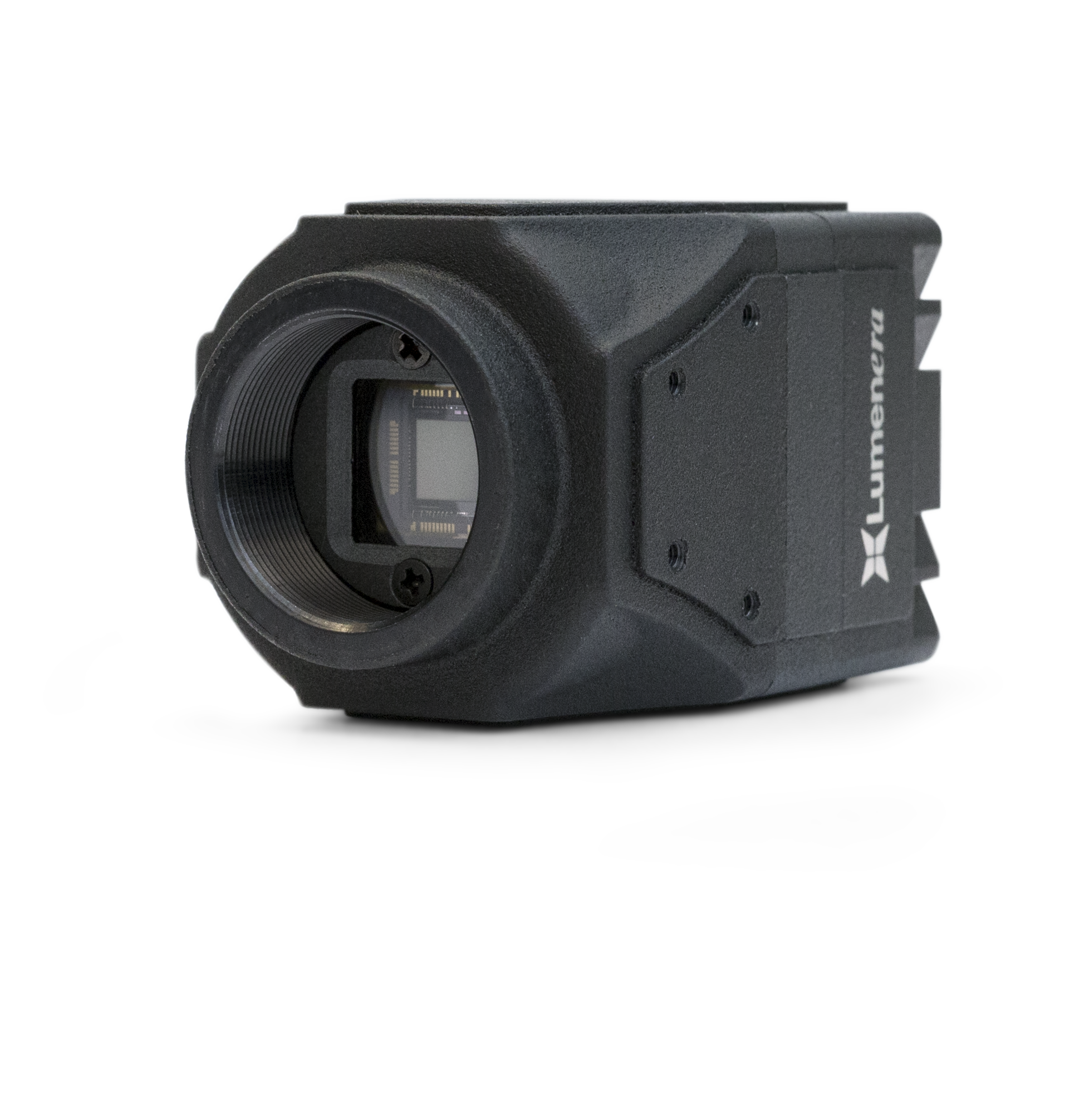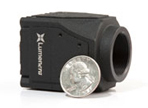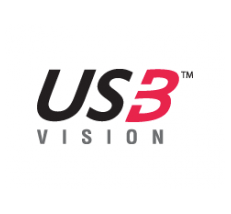Lumenera Blog - Industry News

Using NIR for Inspection Applications
This week, Lumenera is at the SPIE Defense + Commercial Sensing show demonstrating our Lt16059HM, a USB 3.0 industrial grade 16 MP CCD large format monochrome camera with Canon lens and a visible light blocking filter. Using an 850 nm NIR light ring we will be demonstrating how the camera can help differentiate organic vs inorganic matter in inspection applications. The detail and sensitivity at this wavelength is a result of our superior camera design that does not contain infrared filters, anti-aliasing filters or data altering firmware commonly found consumer camera systems.

USB Turns 20
Twenty years ago seven technology companies came together to simplify and unify the connectors found on personal computers. They wanted to create a new connector type that was simple, fast, and most of all, universal. In January 1996, the first official iteration of the Universal Serial Bus, USB 1.0, was born.

The Best of Both Worlds: Sony’s New CMOS Sensors
Sony has recently introduced their latest global shutter CMOS sensors that are capable of producing CCD-like performance. Historically, CCD sensors have been known to be far superior to CMOS technology, boasting higher dynamic range, higher pixel density, and better color representation than their CMOS counterparts. CMOS imagers, however, are typically much less expensive to manufacture and require less power to operate. Sony’s latest Pregius global shutter CMOS sensors combine beneficial aspects of both CCD and CMOS in a pixel design resulting in impressive performance.

USB 3.0: The Supercars of Machine Vision
Supercars bring an exhilarating level of performance leaving many of us in awe. The high speed, acceleration and handling are all powerful sensations that come to mind. But if you’ve ever driven a supercar, you also quickly notice the lack of visibility, how awkward it can be just getting into the car, or the unforgiving controls that translate even the slightest driver input into a mad rush of power. For these reasons you may be quite happy leaving the supercar at home for your daily commute to work and jumping into your reliable, comfortable, compact car that is user friendly, provides a smoother ride and that gives you the benefit of greater fuel efficiency. Wouldn’t it be amazing if you could enjoy the best of both worlds?

USB 3.0 Cameras – How Far Can You Really Go?

Looking to the Future
The AIA Business Conference was a great event again this year. Various topics of interest to machine vision were discussed including the yearly vision market update and a review of standard activities. The industry is all abuzz with USB 3.0 which is expected to be “big” in the words of the AIA officials.

USB3 Vision in the Sun
The AIA’s annual business conference is taking place in Orlando this week from February 20th to 22nd. It is an important networking event where industry players forge valuable relationships, learn about industry trends and share thoughts on the direction of the industry. The partnerships formed between industry players and the coordination of efforts are key to the success of the machine vision industry.

A Vision of the Future

The Buzz About USB 3.0
USB 3.0 is an evolution of USB 2.0, one of the most popular data interfaces available today. One of USB 3.0’s most compelling features for machine vision systems is its high bandwidth providing a transfer speed of approximately 5 Gb/s, which is ten times faster than USB 2.0 and five times faster than the widely deployed GigE interface.

